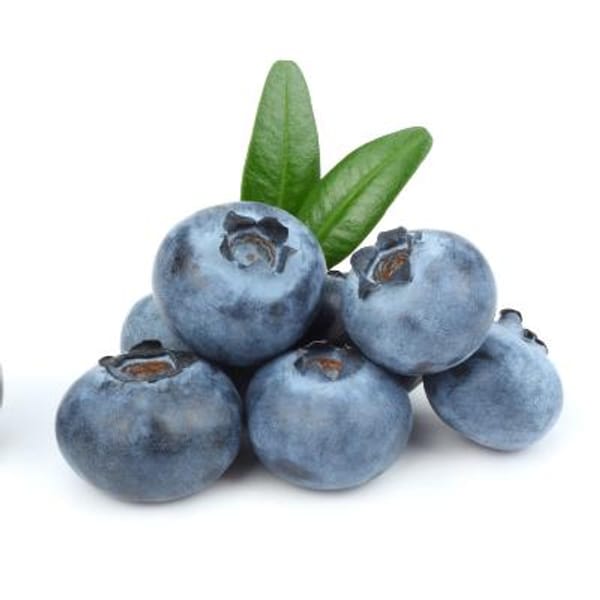- Willamette Raspberry is the classic raspberry with deep red juice that is sweet, tart, and great for all your favorite berry recipes.
- Willamette is the most widely planted raspberry worldwide
- Heavy producer of berries that ship well
- June-July harvest
- Mature height is 3-8 feet with a spread of 4-8 feet.
- Semi-Trailing plant structure
- Self-Fertile
- USDA Zones 5-10 (The warmer the zone, the sweeter the fruit)
- This tree will be shipped pruned and dormant- without leaves.
- Please see our "Dormant Tree & Plant Guarantee" below.
- Click here to see our Berry Variety Chart
- Check out our Cane Berry Growing Guide (pdf)
Dormant Tree & Plant Guarantee:
We guarantee that trees that are shipped dormant will leaf out the following spring if you follow our growing and handling instructions. Any dormant tree that does not leaf out can qualify for a refund if you submit a claim by May 15th. All deciduous fruit trees, persimmons and jujubes need to be planted in the ground by April 1st to qualify for replacement, unless you are in area where the ground is still frozen at that time.
In the rare event that your dormant tree/plant has not leafed out by May 1st, please perform a “scratch test” to check for green under the bark. Just beneath the dry, outer layer of bark in a tree's trunk lies the cambium layer. In a living tree, this is green; in a dead tree, it is brown and dry. To perform a “scratch test”, scratch off the top layer of bark in a small spot on a branch and on the trunk. Be sure to do 1 test above the graft union, and a 2nd just below the graft union. If the scratch test reveals a brown cambium, that means your tree/plant is dead or dying.
To qualify for a refund, you must submit a claim via email to cs@fourwindsgrowers.com by no later than May 15th. Please include your order number in the subject line of your email.
Claims must include:
-Photos of the scratch test areas
-Your order number
-Name(s) of trees affected.
We will review your claim and if approved, we will issue you a refund for the purchase price of your dormant tree (excluding shipping). We reserve the right to not issue a refund for items that have already been replaced.







